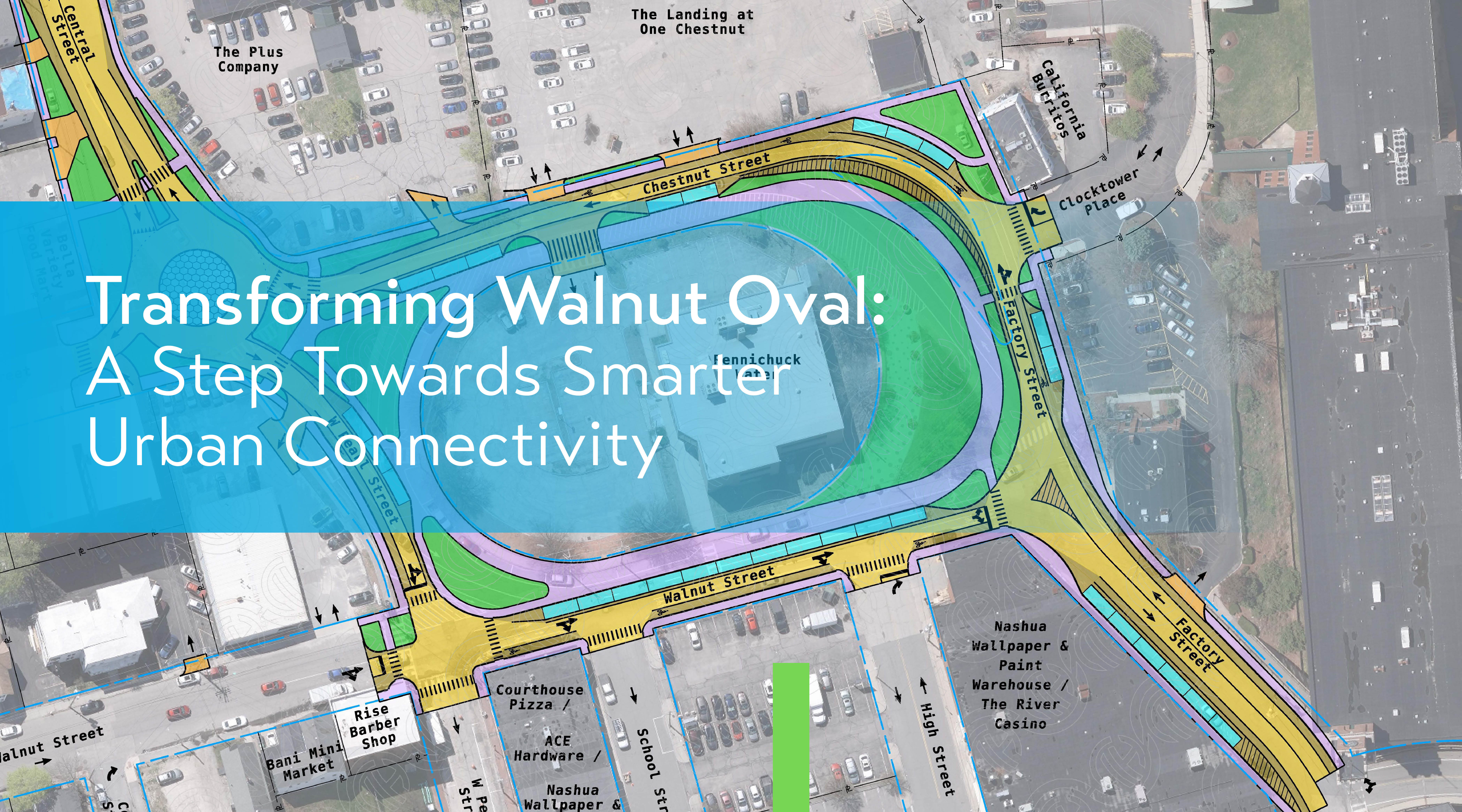Hoyle Tanner partnered with Amherst’s Department of Public Works and Continental Paving, Inc. to complete an emergency culvert replacement on Boston Post Road. The previous crossing consisted of two corrugated metal pipe (CMP) culverts with stacked stone headwalls. During an inspection of the culverts on October 28, 2021, we observed that the upstream headwall had partially collapsed. Upon closer observation, we noted that the CMPs were in critical condition and immediate action was needed on this heavily traveled route. Boston Post Road services the Amherst Middle School, Souhegan Highschool, and the many businesses on NH Route 101A, so a prolonged closure of the roadway to allow for a traditional bridge design process was not acceptable to the Town. Hoyle Tanner was able to help the Town obtain an emergency wetland permit and subsequent permit extension to replace the crossing; however, this permitting required the project to go from zero to complete in only 60 days.


So, what does this have to do with Top Gun you ask? Well, Tom Cruise’s character, Maverick, is said to be loosely based on the actions of Air Force pilot and military strategist, John Boyd. As a strategist, John developed a decision making framework called the OODA Loop which can be used to solve any complex problem. OODA Loop Stands for:
- O – Observe: Collect data from every source possible.
- O – Orient: Analyze & synthesize the data to formulate what the problem is.
- D – Decide: Determine a course of action based on your current perception of the problem.
- A – Act: Perform your course of action.
Of course, while the OODA loop is unfolding, facts may change or new data may become available. If this is the case, you must be open to accepting feedback and using this new information to cycle back through the OODA loop.
On a traditional bridge project, the goal is to complete one very large OODA loop where much time and effort is taken to observe all the existing conditions and orient based on past projects, best practices, etc. before key decisions are made. However, when working on an emergency project, the team must be capable of making many small and fast OODA loops based on partial or unfolding information so that you can go from zero to complete as quickly as possible. Some OODA loop examples from the Boston Post emergency project were:

- Pipe Sizing: Due to Covid-related supply chain shortages, the design team observed that our options for replacement culverts were going to be limited. We quickly oriented ourselves by inventorying the available pipe sizes and calculating what was required hydrologically before we decided on a final culvert configuration.
- Buried Utilities: After the available pipe sizes were known, the design team discovered (observed) that there were buried gas and water utilities on the site. This feedback required us to cycle back to the start of our OODA loop and within days, we oriented to the situation by excavating test pits to locate the utilities. Based on this new information, we decided the final configuration and elevation of the culverts to fit the site constraints. The solution we acted on was to install two adjacent 48” HPDE pipes with a 24” HPDE overflow pipe.
- Headwalls: To meet the aggressive schedule for this project, we observed that constructing a cast-in-place concrete headwall or a mortared rubble masonry wall was not feasible. We oriented ourselves to the available options we had and decided to specify precast concrete headwalls.
Through many quick OODA loop decision cycles, the team was able to complete final construction plans one month after the emergency project began. Continental Paving completed construction in 14 days and Boston Post Road was re-opened to traffic on December 14, 2021. The total duration of the project from discovery to completion was 47 days or nearly two weeks less than the permit limit of 60 days.

Hoyle Tanner provides bridge design, evaluation, safety inspection, capacity rating and emergency response services to public and private clients throughout New England. Our expertise includes all types of bridges such as steel, concrete, and prestressed concrete girders, stone arches, historic metal trusses, timber covered bridges, precast concrete rigid frames and box culverts, metal pipes and others. If your municipality needs bridge engineering expertise, reach out to me.









